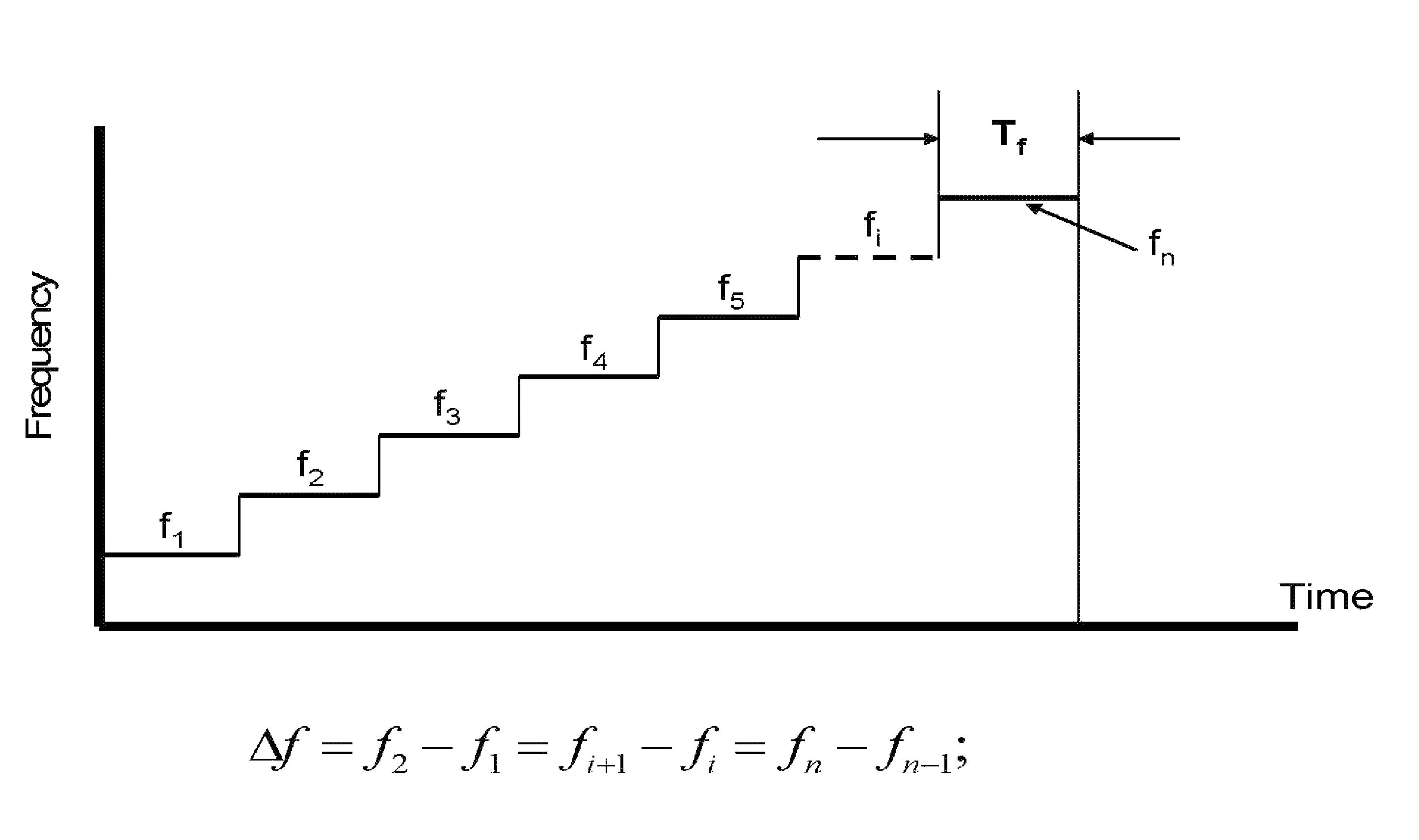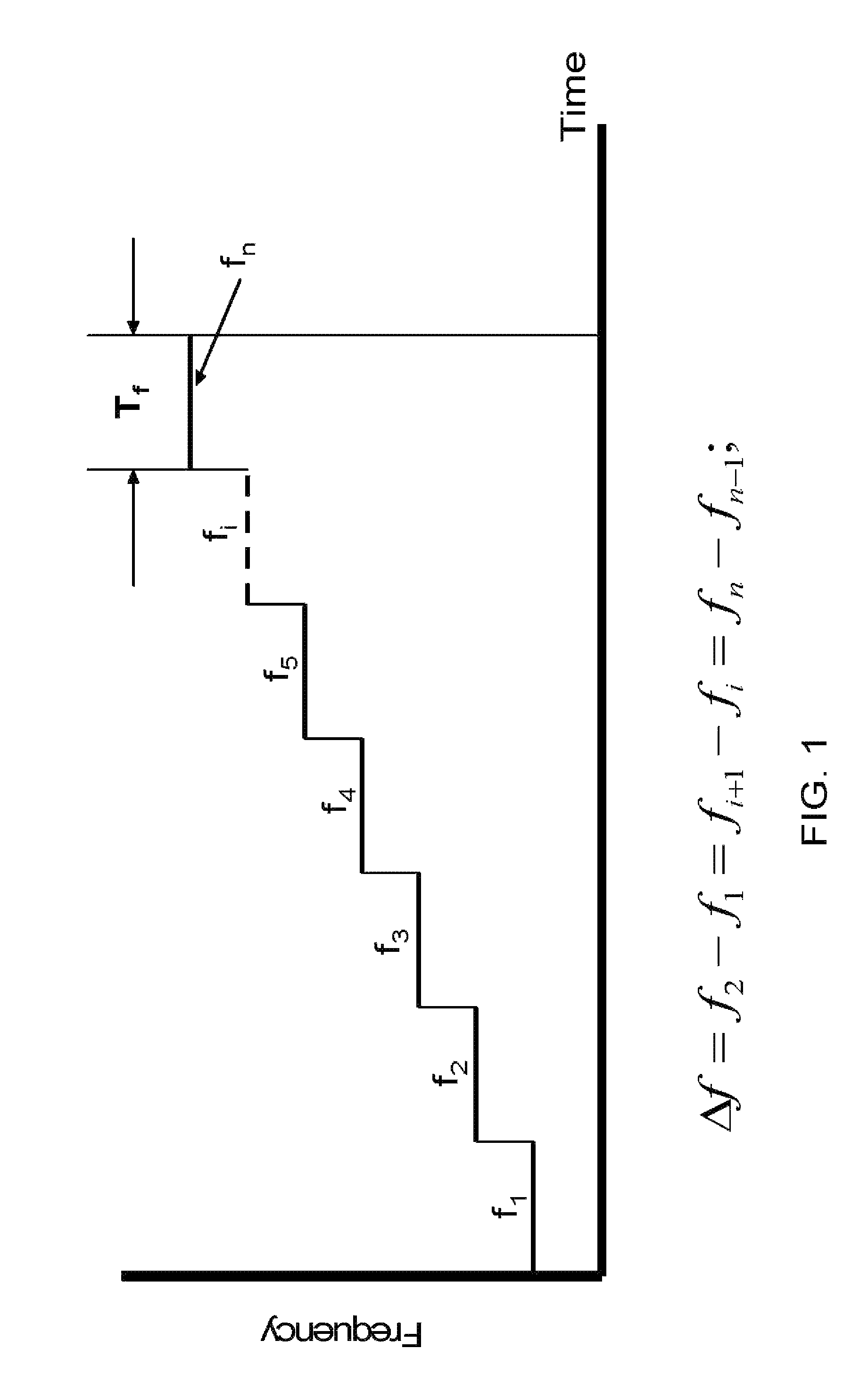Multi-path mitigation in rangefinding and tracking objects using reduced attenuation RF technology
a rangefinding and tracking object technology, applied in the field of wireless communications and wireless networks systems and systems, can solve the problems of reducing affecting the reliability of location determination, and affecting the accuracy of location determination, so as to achieve the effect of improving the location accuracy of the network and system, and little or no incremental cost to the device and overall system
- Summary
- Abstract
- Description
- Claims
- Application Information
AI Technical Summary
Benefits of technology
Problems solved by technology
Method used
Image
Examples
Embodiment Construction
[0039]Reference will now be made in detail to the preferred embodiments of the present invention, examples of which are illustrated in the accompanying drawings.
[0040]The present invention relates to a method and system for RF-based identification, tracking and locating of objects, including RTLS. According to the exemplary embodiment, the method and system employs a narrow bandwidth ranging signal. The exemplary embodiment operates in VHF band, but can be also used in HF, LF and VLF bands as well as UHF band and higher frequencies. It employs multi-path mitigation processor. Employing multi-path mitigation processor increases the accuracy of tracking and locating implemented by a system.
[0041]The exemplary embodiment includes small, highly portable base units that allow users to track, locate and monitor multiple persons and objects. Each unit has its own ID. Each unit broadcasts an RF signal with its ID, and each unit is able to send back a return signal, which can include its ID ...
PUM
 Login to View More
Login to View More Abstract
Description
Claims
Application Information
 Login to View More
Login to View More - R&D
- Intellectual Property
- Life Sciences
- Materials
- Tech Scout
- Unparalleled Data Quality
- Higher Quality Content
- 60% Fewer Hallucinations
Browse by: Latest US Patents, China's latest patents, Technical Efficacy Thesaurus, Application Domain, Technology Topic, Popular Technical Reports.
© 2025 PatSnap. All rights reserved.Legal|Privacy policy|Modern Slavery Act Transparency Statement|Sitemap|About US| Contact US: help@patsnap.com



